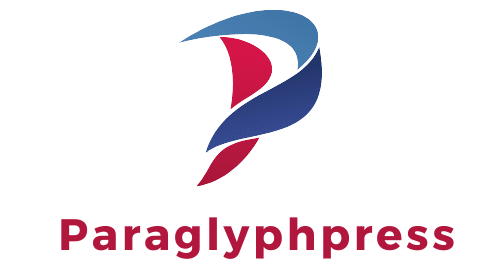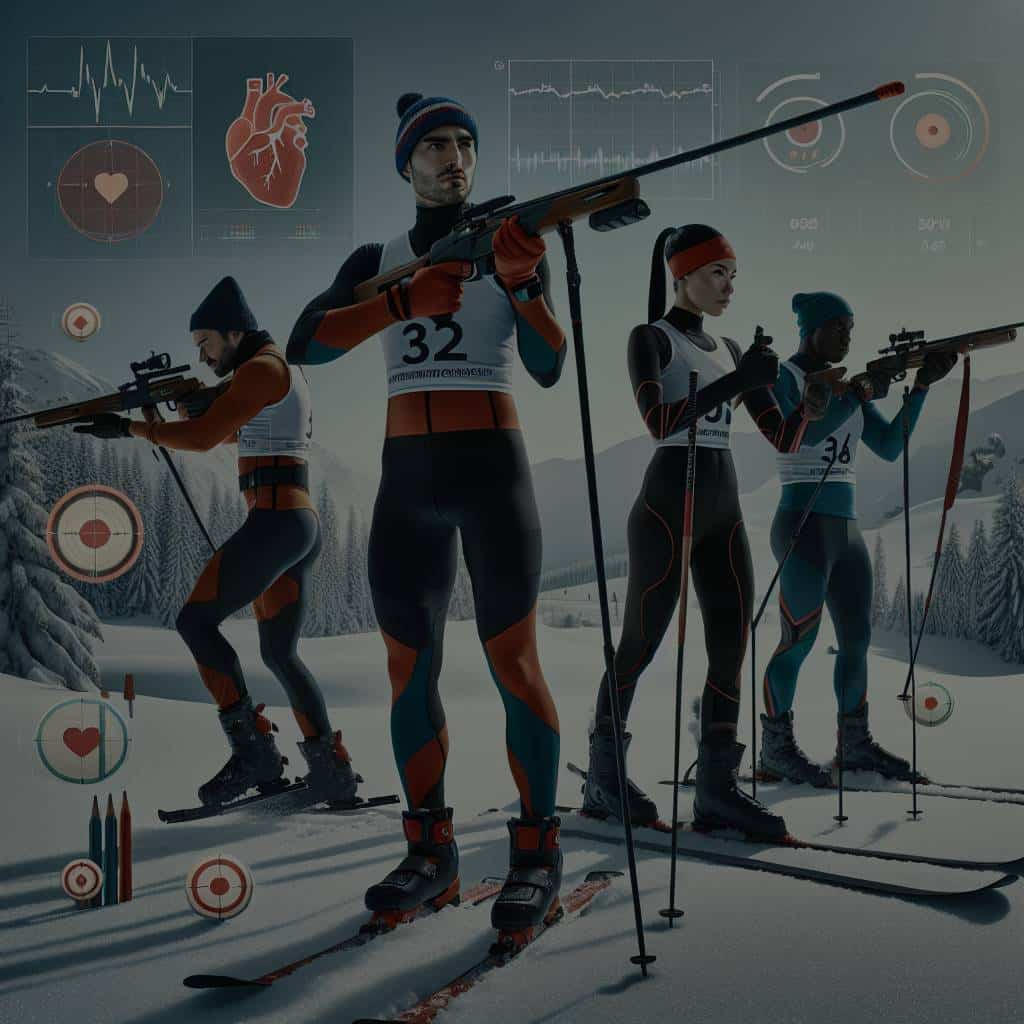Biathlon, a test of endurance and precision, combines two seemingly disparate sports: cross-country skiing and rifle shooting. The physical exertion of cross-country skiing elevates the heart rate, making it challenging for biathletes to maintain steady control of their rifles and achieve pinpoint shooting accuracy. This article delves deep into the training techniques and exercises employed by biathletes to regulate their heart rates and enhance shooting accuracy. Drawing on academic sources from PubMed and Crossref, we will explore how these athletes fine-tune their bodies and their skills for optimum performance.
The Physiology of Biathlon Training
Before delving into the specifics of biathlon training, it’s important to understand the physiological demands placed on the bodies of biathletes. Biathlon is a sport that puts a great deal of strain on the cardiovascular system due to the intense nature of cross-country skiing. This in turn affects the steadiness required for accurate shooting.
Topic to read : What Are the Pros and Cons of Minimalist Running Shoes for Marathon Training?
Cross-Country Skiing and Cardiovascular Demand
Cross-country skiing is an intense aerobic exercise that effectively elevates the heart rate. According to scholarly articles indexed on PubMed, cross-country skiing engages multiple large muscle groups, demanding high levels of oxygen consumption. Consequently, the heart rate of skiers often reaches near-maximum levels during a race.
Biathletes must manage these physiological responses to maintain control over their bodies, especially while shooting. Elevated heart rates increase the difficulty of maintaining a steady aim, as each heartbeat can jostle the rifle, causing it to waver off target.
Also read : What Are the Best Strength Training Exercises for Amateur Boxers to Increase Punch Power?
The Challenge of Shooting Accuracy
In the biathlon, shooting accuracy is as vital as skiing performance. The sport demands that athletes transition from the high-intensity exercise of skiing to the calm, precision-based task of shooting. Scholarly research on Crossref highlights how the body’s elevated heart rate and the accompanying muscular tremors can impede shooting accuracy.
Biathletes must control their breathing, lower their heart rates, and steady their bodies within seconds of arriving at the shooting range. They must do all this before taking their shots, all while contending with the physical exertion from skiing and the mental pressure of competition.
Training Techniques to Manage Heart Rate
Next, we explore the various training methods used by biathletes to control their heart rates. Effective heart rate management is crucial for biathletes to transition smoothly from fast-paced skiing to steady, precise shooting.
High-Intensity Interval Training (HIIT)
HIIT is a common approach in biathlon training. It involves alternating short bursts of high-intensity exercise with periods of lower intensity activity or rest. Studies in PubMed suggest that HIIT is effective in improving an athlete’s ability to recover quickly. This is crucial in biathlon as it enables biathletes to lower their heart rates faster upon reaching the shooting range.
Body Position Control
Controlling body position is another essential technique in biathlon training. According to a Google Scholar study, different skiing techniques and body positions can influence the heart rate. Biathletes learn to use more efficient skiing techniques and body positions to conserve energy and control their heart rate. For example, during uphill sections of the race, biathletes might adopt a hunched position to minimize wind resistance and reduce heart rate.
Training Practices to Enhance Shooting Accuracy
To enhance shooting accuracy, biathletes integrate specific practices into their training regimen. These practices focus on developing steadiness, control, and precision.
Dry Fire Drills
Biathletes often use dry fire drills to improve their shooting performance. According to an article indexed on Crossref, dry fire drills involve the practice of shooting without ammunition. This allows athletes to focus on the fundamentals of shooting, such as their grip on the rifle, their body position, and their breathing control.
Yoga and Mindfulness
Interestingly, many biathletes incorporate yoga and mindfulness practices into their training. These techniques help enhance focus and concentration, essential for shooting accuracy. A PubMed-indexed study showed that yoga and mindfulness could improve precision sports performance by enhancing body awareness and mental stability.
The Role of Technology in Biathlon Training
Finally, we delve into how technology aids biathletes’ training. Modern technology offers sophisticated tools and methods for monitoring performance, analyzing data, and providing real-time feedback.
Heart Rate Monitors
Heart rate monitors are essential tools for biathletes. They provide real-time data of the athlete’s heart rate during both skiing and shooting training. This allows for precise adjustments in training intensity and recovery periods, aiding in better heart rate management.
Biofeedback Devices
Biofeedback devices give athletes a clear understanding of their body’s physiological responses during training. They can measure various parameters, such as muscle tension and respiratory rate. This information helps biathletes to better understand their bodies’ reactions under stress and develop strategies to maintain control during competition.
Virtual Reality Training
According to a Crossref study, virtual reality (VR) technology has emerged as a promising tool in precision sports training. In biathlon, VR can simulate shooting scenarios, allowing biathletes to practice under realistic and varying conditions. Such technology can help them improve their precision, control, and overall shooting performance.
In conclusion, biathlon is a sport that demands an exceptional level of physiological control and coordination. Biathletes employ a range of training techniques, exercises, and technological tools to manage their heart rates and enhance shooting accuracy. Through a combination of physical conditioning, technical drills, and mental training, they prepare their bodies and minds for the unique challenges of this intense sport.
Using Breathing Techniques to Control Heart Rate
In the biathlon, the ability to control one’s breathing can significantly influence both heart rate management and shooting accuracy. As reported by a Google Scholar study, breathing techniques play a critical role in the biathlete’s ability to regulate their cardiac cycle and stabilize their body sway.
Deep Breathing Exercises
Deep breathing exercises are a fundamental part of training for biathletes. They can help to lower the heart rate faster after the physical load of cross-country skiing, and stabilize the body before shooting. Deep, controlled breaths can reduce the jostling effect of the heartbeat on the rifle, improving shooting performance.
Breath-Hold Shooting
Breath-hold shooting is another technique often employed by biathletes. By holding their breath, they can create a moment of stillness and stability, reducing body sway and allowing for more accurate shots. This method, though effective, requires practice and precise timing to ensure the best worst-case scenario in a competition setting.
Mental Training for Improved Shooting Performance
Mental training is an integral part of a biathlete’s preparation. The ability to remain focused and calm under pressure can significantly enhance shooting accuracy and skiing speed. Many biathletes use a variety of mental training techniques to prepare for the mental challenges of the sport.
Visualization Techniques
Visualization techniques can be highly effective for improving biathlon shooting performance. By mentally rehearsing the process of skiing, transitioning to shooting, and executing the perfect shot, biathletes can enhance their mental readiness and confidence. A study indexed in DOI PubMed shows that athletes who regularly use visualization techniques perform better under pressure.
Stress Management Strategies
Stress management strategies are also key for biathletes. The high physical and mental demands of biathlon skiing and rifle shooting can be stressful, potentially affecting performance. However, with the right stress management strategies, such as progressive muscle relaxation and cognitive-behavioral techniques, biathletes can learn to manage this stress effectively.
Conclusion
Biathlon training involves a complex and highly specialized regimen that requires the perfect balance of physical exercise, mental preparation, and technological aid. The ability to control heart rate, maintain body stability, and achieve shooting accuracy is central to success in this demanding sport. Biathletes utilize techniques such as high-intensity interval training, position control, dry fire drills, yoga, mindfulness, and breathing exercises to achieve these goals. They also take advantage of technology such as heart rate monitors, biofeedback devices, and virtual reality training. Through a combination of these strategies and tools, biathletes train to meet the dual challenges of cross-country skiing and rifle shooting, preparing their bodies and minds for the intense rigors of biathlon competition.






